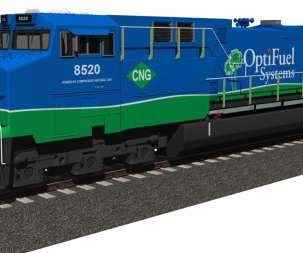Reduction in diesel carbonyl emissions using F-T fuel from coal
Green Car Congress
MAY 29, 2014
Other research has shown that carbonyls directly influence physiological response to diesel exhaust particles and can also contribute to secondary organic aerosol formation. In the Tianjin study, they team fueled a four-cylinder light-duty diesel engine fueled with CFT and DF, identifying 13 individual carbonyl compounds in the exhaust.

















Let's personalize your content